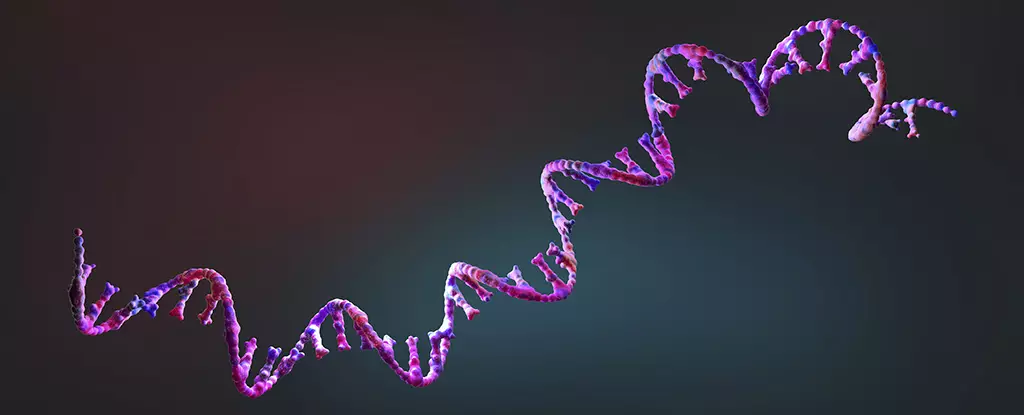Understanding the origins of life has long been one of the most profound quests in scientific inquiry. At the heart of this enigma lies the transformation of highly reactive and simple molecules into stable entities capable of sustaining life as we know it. Recent research has shed light on how these initial complex formations might have found stability on the early Earth, unlocking the doors to the genesis of biological organisms. This article dives into the mechanics of these groundbreaking findings, setting the stage for understanding our own beginnings.
In a quest to simulate the primordial conditions of our planet, scientists from Germany have constructed an experiment that can recreate the environmental factors that existed when life first emerged. By focusing on RNA-like molecules, which exhibit properties akin to the foundational genetic material of life as we recognize it, the researchers aimed to tease apart the mechanisms behind early molecular formation. Chemist Job Boekhoven, collaborating with the Technical University of Munich, expressed optimism surrounding the potential of synthetic units to replicate the formative processes of life formation.
The transformation of simple molecules into more complex structures necessitates conducive conditions, and researchers hope that replicating ancient Earth’s environment will illuminate the pathways leading to the formation of RNA. However, just as vital as the recreation of the conditions was the introduction of innovative materials to the experiment.
Utilizing high-energy molecules as a catalyst, the experiment observed RNA-like units reshaping and disintegrating in fluctuating combinations, thus providing insight into why these molecules may have first bonded. Initially, their interactions were ephemeral, suggesting that mere chemical presence alone could not lead to stability. The pivotal breakthrough emerged with the introduction of preformed DNA strands, which acted as templates guiding the formation of more complex structures, including double-stranded configurations.
The significance of double strands lies in their ability to promote RNA folding, a process that could confer catalytically active properties essential for the burgeoning complexity of early molecular life. The experiment began to mimic a primitive form of natural selection, where molecules capable of self-replication and self-sustenance were more likely to thrive, akin to the evolutionary principles observed today.
The research also revealed a fascinating interplay between these new complex molecules and their surrounding biological membranes. Once the process of template copying initiated, it influenced the characteristics of the membranes, thereby suggesting that these early systems were more dynamic than previously understood. This interplay hints at an evolutionary advantage, allowing primitive forms of life to adapt swiftly to their surroundings.
However, the journey does not end here. The researchers are left contemplating critical questions about the origins of these DNA templates. Investigating potential pathways for RNA to form complementary strands underscores the complexities surrounding early molecular structures. Could RNA have the capability to self-generate the templates that would allow molecular life to persist? This query encapsulates the ongoing intrigue surrounding the origin of life, an area rich with unanswered questions and possibilities.
The study of life’s origins conveys more than just a narrative of molecular complexity; it provides a window into the evolving nature of science itself. By utilizing modern techniques to replicate ancient conditions, researchers have not only enriched our understanding of molecular synthesis but have also highlighted the power of contemporary scientific methodologies. As the origins of life remain a multifaceted puzzle with numerous hypotheses at every stage, this research offers a compelling contribution to the growing body of knowledge surrounding RNA and DNA’s roles in life’s inception.
The investigation into the mechanics of early molecular stability is a reminder of humanity’s relentless pursuit to understand its roots. As the scientific community continues to explore and address unanswered questions, each step leads us closer to the profound narrative of life’s first spark on Earth, driving the tantalizing journey into our very existence.



Leave a Reply